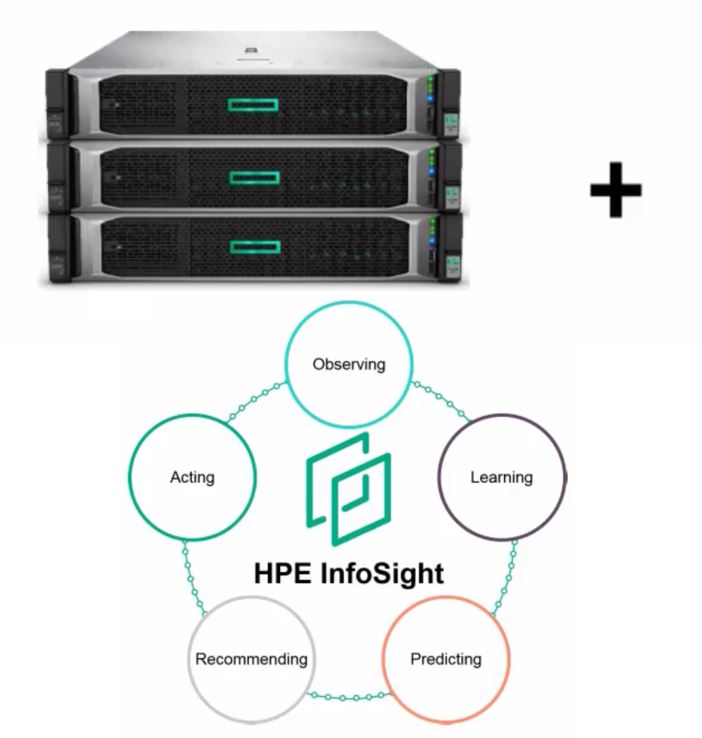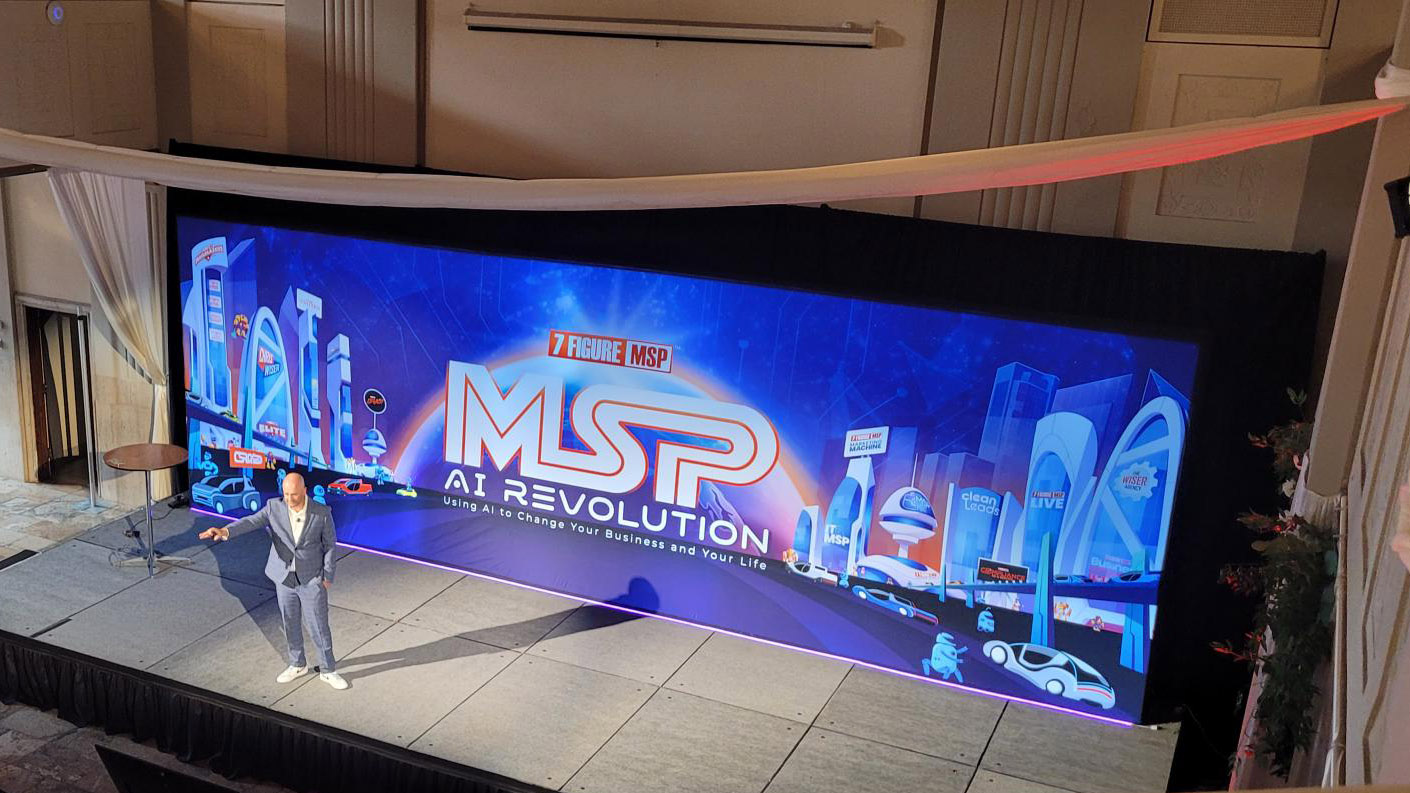Hewlett Packard Enterprise has unveiled multiple enhancements to its SimpliVity hyperconverged infrastructure (HCI) solution, including integration with the vendor’s InfoSight predictive analytics platform, one-click cluster updates, and support for cost-effective data archiving on HPE’s StoreOnce solution.
The InfoSight integration will arm both corporate IT departments and MSPs to anticipate and proactively address technical issues in a SimpliVity deployment’s compute, storage, and other components with the help of artificial intelligence. The upshot for resellers of SimpliVity products will be deeper, more enduring relationships with end users, according to David Wang, director of product marketing for HPE storage solutions.
“It’s going to help streamline their business,” he says. “That will cause them to want to come back and buy more.”
MSPs, Wang adds, will decrease administrative overhead by eliminating performance slowdowns and service outages in advance. “Instead of having to worry about getting a call from the application owner that something’s going wrong with the database, you now have the resources in front of you through InfoSight to be able to detect issues in advance,” he says. “That’s freeing their time as well. It’s not just freeing the customer’s time, it’s freeing the partner’s time.”
Access to preventative maintenance data also allows partners of all kinds to engage with clients as technology consultants, rather than mere product suppliers or administrative resources, Wang notes.
According to HPE, adding InfoSight analytics to SimpliVity significantly increases the platform’s ability to simplify and streamline IT environments. “As we look at the opportunity for HCI, we see this fundamental transformation to move beyond just software defined and actually infuse artificial intelligence [to] change the way that customers actually manage and support their HCI environments,” Wang explains.
In particular, he continues, predictive maintenance functionality improves the operational efficiency of IT organizations and MSPs that typically must respond to problems after they materialize at present.
“They’re still reacting to unexpected problems in their environment that cause application disruptions and delays, and they’re still spending their time and effort tuning their infrastructure [and] making tradeoff decisions across performance and efficiency, resiliency, and so forth,” Wang notes.
The one-click cluster upgrade feature simplifies lifecycle management by letting technicians update all SimpliVity implementations across a federation of sites centrally and simultaneously.
“In a single click, we’re able to enable for customers a seamless full-stack software upgrade that’s inclusive of the firmware, the hypervisor, and the SimpliVity operating system,” Wang says.
Integration with HPE StoreOnce further benefits SimpliVity users, he continues, by enabling them to offload older and less frequently used data onto an affordably-priced external storage device. StoreOnce performs that process automatically based on administrator-defined retention and archiving policies.
“That frees up their high-performance storage on SimpliVity to run production workloads,” Wang says. The new capability runs alongside SimpliVity’s existing built-in BDR functionality, he notes.
Support for InfoSight and one-click upgrades is available immediately at no additional charge to all SimpliVity users with a service contract. Integration with StoreOnce will become available to current users of both SimpliVity and StoreOnce versions 3.x or 4.x through a software update in the first half of 2020.
InfoSight was originally developed by Nimble Storage, which HPE acquired early in 2017, for use with its all-flash, hybrid flash, and cloud storage solutions. Initially equipped to offer predictive support automation based on anonymized telemetry from Nimble’s user base, the system has since gained the ability to provide centralized virtual machine operational analytics and machine learning-based recommendations for improving an infrastructure’s performance and availability.
“That’s been transformational for our customers,” Wang says.
HPE has been steadily incorporating InfoSight into products beyond those in its Nimble portfolio, including its ProLiant server platforms as well as its 3PAR and Primera storage lines, in recent years. According to Wang, the technology now gives SimpliVity an important edge over competing HCI brands.
“Other vendors are starting to talk about creating projects to potentially explore artificial intelligence for their HCI platforms,” he says. “We’re executing this today.” It’s been doing predictive analytics through InfoSight for a decade as well, he adds, and therefore has a much deeper pool of historical data to draw on than newer machine learning tools from other HCI vendors.
HPE announced an alliance with one of those vendors, Nutanix, in April. The agreement lets businesses run Nutanix solutions on an as-a-service basis through HPE’s GreenLake infrastructure service or on pre-configured appliances built with HPE hardware.
SimpliVity solutions are available through both GreenLake and HPE hardware as well.














